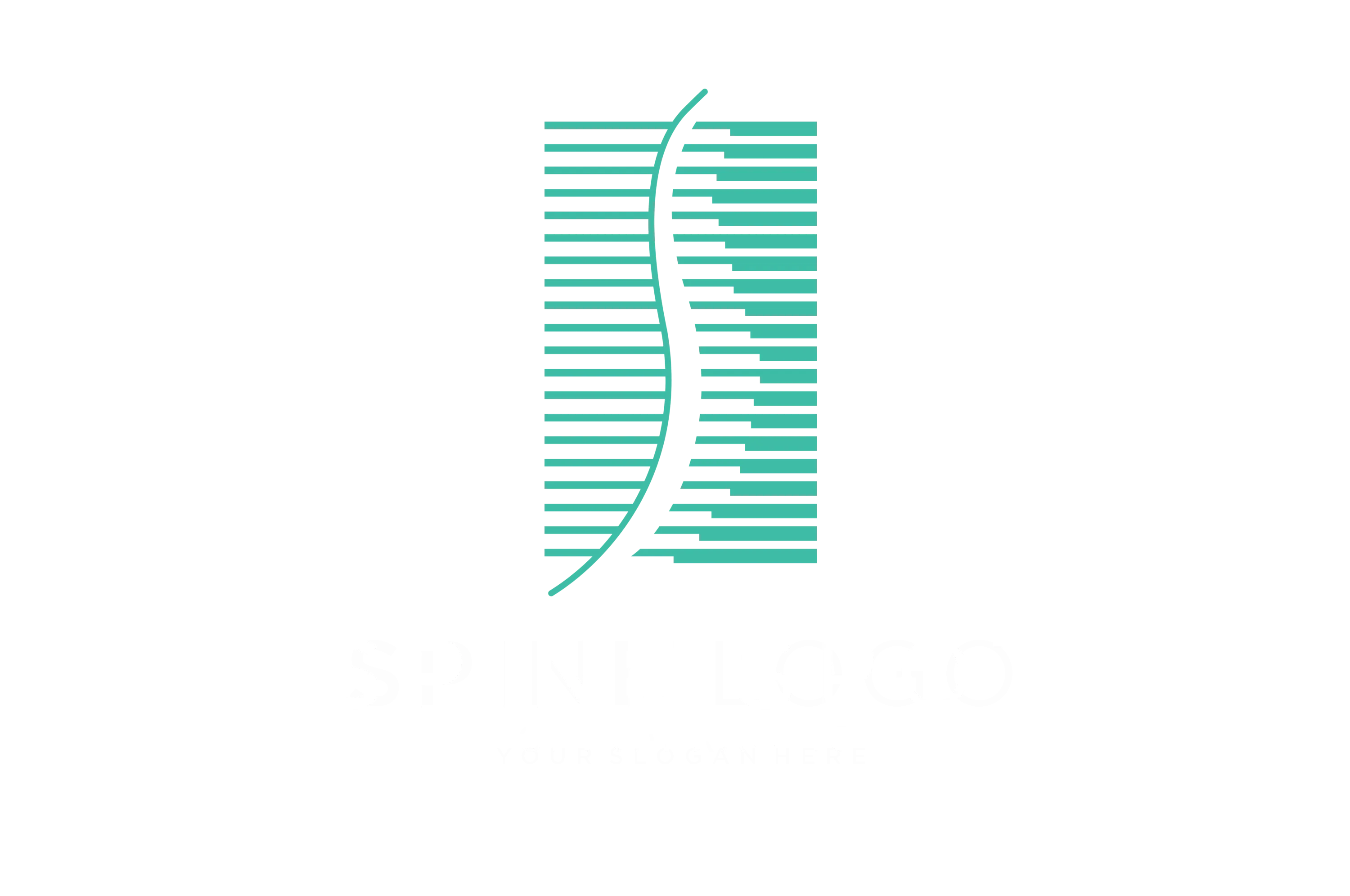What is a Subluxation?
What is a subluxation in chiropractic care?
In chiropractic care, a subluxation refers to a misalignment of the spinal vertebrae, leading to compromised function within the nervous system. This misalignment can result in a range of health issues and discomfort, making it a key focus of chiropractic treatment.
Understanding the concept of subluxation
A subluxation is a condition where one or more spinal vertebrae become misaligned, affecting the surrounding nerves and potentially causing pain or other symptoms. Chiropractors emphasize the significance of addressing subluxations as part of promoting overall wellness and health.
How do chiropractors detect subluxations?
Chiropractors employ different methods to detect spinal subluxations, which include physical exams, postural analysis, and occasionally X-rays to identify the exact location and nature of the dislocation. By understanding the nature of the subluxation, chiropractors can tailor their treatment to address the specific issue.
Can subluxations cause symptoms?
Indeed, vertebral subluxations can cause symptoms like back pain, neck pain and restricted mobility. Moreover, the misalignment of the vertebrae can impact the surrounding soft tissues, leading to issues such as ligament strain and muscle tension.
How are subluxations treated by chiropractors?
Chiropractors primarily utilize spinal adjustments to correct subluxations. These adjustments involve applying controlled force to the affected vertebrae, helping to restore proper alignment and function.
Other treatment options for subluxations
Besides spinal adjustments, chiropractors may also recommend supportive treatments such as exercises, stretches, and lifestyle modifications to complement the adjustments and promote long-term wellness.
Are there risks associated with subluxation treatments?
When performed by a qualified chiropractor, subluxation treatments are generally safe and effective. However, it's important to seek treatment from a licensed and experienced professional to minimize any potential risks associated with the adjustments.
What are the potential causes of subluxations?
Subluxations, also known as vertebral subluxations or chiropractic subluxation, can result from several factors such as poor posture, repetitive movements, trauma, and degenerative conditions. Understanding these factors is crucial in preventing and addressing subluxations effectively.
Common situations leading to vertebral subluxation
Everyday activities such as sitting for prolonged periods, engaging in repetitive motions, or experiencing sudden physical trauma can contribute to the development of subluxations. These situations underscore the importance of regular spinal care, including chiropractic adjustments, to maintain ideal alignment and function.
Can subluxations occur in any part of the spine?
Subluxations, or more specifically spinal subluxations, can affect any part of the spinal column, from the cervical spine (neck) to the lumbar spine (lower back). It's important for chiropractors to evaluate the entire spine to correctly identify and treat any existing vertebral subluxation complex effectively.
What are the effects of untreated subluxations?
Untreated subluxations can lead to various long-term consequences, including accelerated degeneration of the spinal structures, chronic pain, and compromised nervous system function. These effects highlight the significance of early detection and appropriate treatment of subluxations.
Impact of subluxations on nervous system function
Subluxations can impede the proper function of spinal nerves, impacting the transmission of signals between the brain and the body. This can lead to a range of health problems, highlighting the vital role of chiropractic adjustments in maintaining optimal nervous system function.
Complications of persistent subluxations
Persistent subluxations can contribute to the development of degenerative conditions within the spine, potentially leading to chronic pain, reduced mobility, and diminished quality of life. Prompt intervention by a doctor of chiropractic is crucial to prevent complications related to spinal subluxations from occurring.
Is there scientific evidence supporting the concept of subluxation?
The existence and effects of vertebral subluxations have been a subject of continuous research in the practice of chiropractic. Current research aims to establish robust evidence to support the correlation between vertebral subluxations, nervous system dysfunction, and overall health.
Debate within the chiropractic profession: dogma or science?
The concept of subluxation has been a topic of debate within the chiropractic profession, with some practitioners approaching it from a more traditional, philosophy-based perspective, while others focus on aligning the concept with scientific evidence. This ongoing discussion highlights the need for evidence-based practices in chiropractic care, which includes treating vertebral subluxation complex.
What do chiropractic students learn about subluxations?
Chiropractic education involves an in-depth study of vertebral subluxation complex, spotting them, their treatment, and an overall broader impact on health. By educating future chiropractors about the latest research and practices related to subluxations, chiropractic colleges aim to ensure the delivery of high-quality care to patients seeking relief from subluxation-related issues.
What is a Chiropractic Subluxation?
If you go to a chiropractor, one of the key conditions the doctor will be looking for is what we refer to as a “subluxation.” The term may be unfamiliar, but it has been used in the chiropractic field for over a century. In chiropractic, “subluxation” has traditionally been used to refer to a misalignment of the vertebrae resulting in interference with nerve transmission, thereby impacting body function. The definition has been broadened in recent years to include any distortion or imbalance anywhere in the body, not just the spinal column, that interferes with the conduction of nerve impulses or other body structures, negatively affecting your health.
How Chiropractors See Subluxation
Chiropractors undergo years of training to identify, treat, and prevent musculoskeletal disorders without drugs or surgery. To a chiropractor, a subluxation is more than a joint out of whack—it represents a constellation of interconnected events. These changes, known as "components," are a complex interaction of bone, nerve, muscle, soft tissue, and biochemical factors that can affect your entire well-being.
A vertebral subluxation can put pressure on or interfere with overall nerve function throughout the body. Many chiropractors talk about optimizing health by making sure your nervous system is free from interference (subluxations) that could potentially result in dysfunction or disease of the body.
Although chiropractors do not specifically treat disorders of the organs and internal structures, we aim to treat the spine and other musculoskeletal structures so the nervous system can function optimally. Nerves travel through the spinal column to and from the rest of the body, so if certain vertebrae are out of alignment, you may suffer from a problem in a different area of the body. For example, it may not occur to most people that digestive problems could be linked to vertebrae of the lower back. However, nerves that exit the lower spine (vertebrae L1 through L5) can affect the large intestines, abdomen, bladder, reproductive organs, and other parts of the body.
When interference to nerve transmission is removed, not only may pain and inflammation be relieved in specific areas such as the back, neck or extremities (arms, hands, legs, and feet), but the full expression of the spinal nerves that carry signals to every part of the body may be restored.
What Chiropractors Look For
During an examination, chiropractors carefully check your spine, looking for key signs that indicate dysfunction. This can be done by feeling for vertebral movement in the spine, taking X-rays or other images, looking at a range of motion, and testing muscle strength. We look for harmful changes in tissue caused by misaligned or locked joints, including:
- Hyperemia: excess blood in an area due to an obstruction that prevents normal blood flow
- Congestion: areas in the muscles where toxins develop due to joint dysfunction
- Edema: swelling in tissues due to fluid leaking from the body’s capillaries, the small blood vessels
- Minute hemorrhages: small amounts of bleeding from the blood vessels
- Local ischemia: muscle pain caused by lack of blood flow, which can make the muscle tender to the touch
- Atrophy: shrinkage or wasting of muscle tissue as a result of disease, disuse, surgery, or other conditions.
- Tissue rigidity: adhesions causing stiffness in the ligaments, tendons, and muscles rather than the bones of the joints or spine
- Inflammation: irritations caused by nerve impingement produced in the subluxation
How Chiropractors Treat Subluxation
We treat subluxations most frequently through spinal manipulations (specific and precise manual adjustments) especially designed to unlock and realign the vertebra and relieve pressure on the nerve and surrounding tissue. During an adjustment, you may hear a crack or pop, which happens when gases in the joint fluid are released. After an adjustment, you should have more movement in the joint. Chiropractors are highly trained to deliver this procedure safely and effectively, and it has been clinically shown to help with many musculoskeletal conditions, including:
- back pain
- migraine and neck-related headaches
- neck pain
- pain and lack of mobility in the joints of the extremities
- whiplash disorders
Manual therapies trace back thousands of years to different cultures, including the Kung Fu masters of Asia. The modern-day chiropractic profession was developed in the United States about 125 years ago, and spinal adjustments to correct subluxations have been a key component from the beginning. Over the decades, chiropractors have refined and added to their techniques and pursued clinical research to evaluate their practices. Chiropractic therapy to treat subluxations can aid in the restoration and maintenance of health as well as the prevention of many kinds of pain.
If you have stiffness, soreness, or pain in your joints, neck, or back and want to avoid surgery or drugs, a chiropractic examination can determine if a subluxation is the cause. We have many therapies that can get you moving and feeling better!
More about Chiropractic Care
- Why See a Chiropractor?
- Stages of Chiropractic Care
- The Spine and How It Works
- What Is a Subluxation?
- X-Rays in Chiropractic Care
- Research and Safety
- Introduction to Chiropractic Care
- Frequently Asked Questions About Chiropractic Care
- Adjustments
- Chiropractic Myths and Facts
- History of Chiropractic Care
- Benefits Of Chiropractic Care




